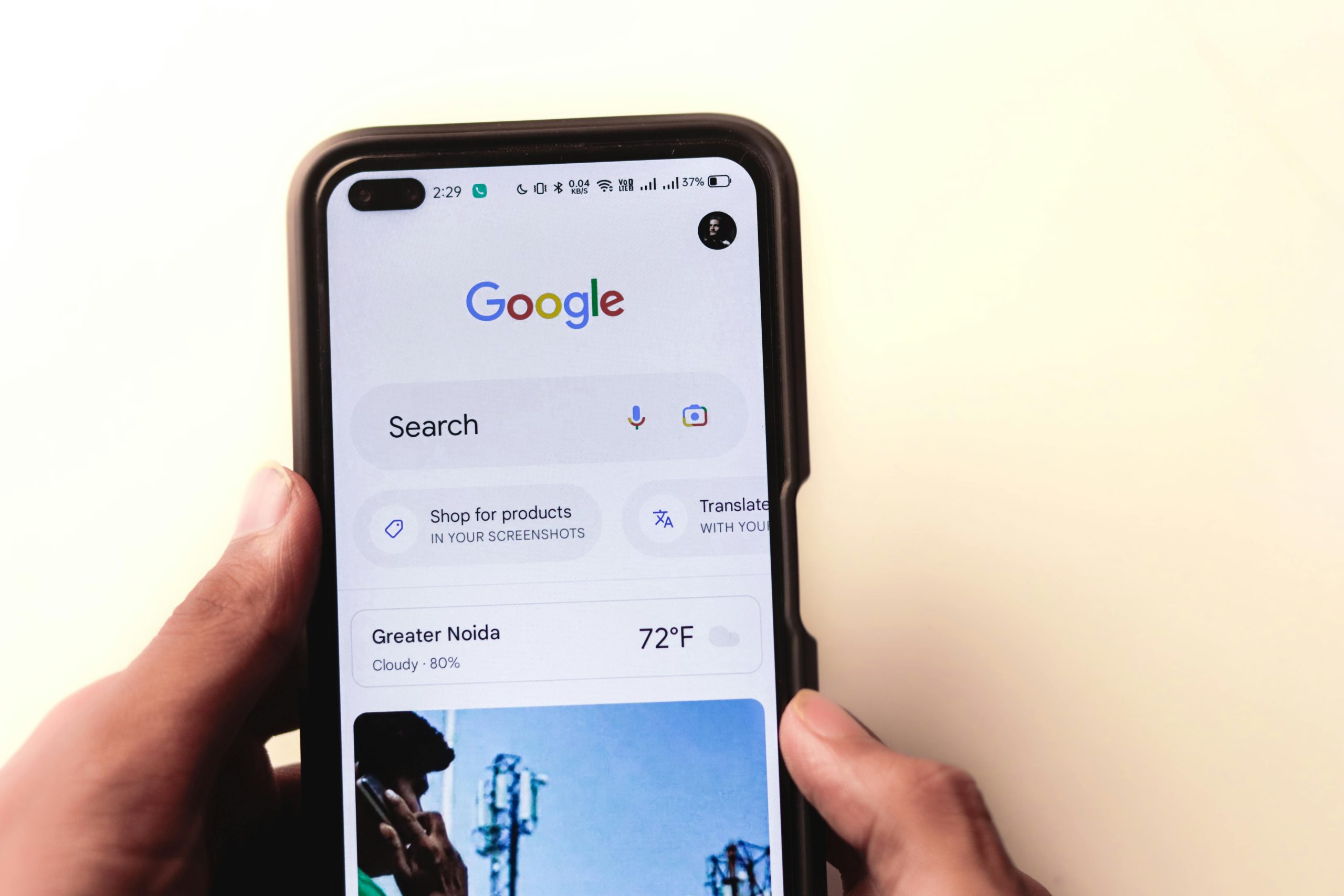To improve your browser-based document scanner’s UI so that it has the same appeal as a native app, consider the following suggestions:
Responsive Design: Ensure that your interface is fully responsive and looks good on all device sizes, from smartphones to tablets to large desktop screens.
Intuitive Navigation: Implement a clear and consistent navigation structure. Use a sidebar or tabbed navigation for easy access to different features.
Touch-friendly Features: If your app is likely to be used on touchscreens, make sure buttons and interactive elements are large enough to be easily tapped and gestures are supported.
Loading Indicators: Incorporate subtle loading indicators for actions that take time, like scanning and processing, to inform users that their operation is being executed.
Smooth Transitions: Implement smooth animations and transitions to give the app a polished, coordinated feel, similar to those found in native apps.
Minimalist Design: Adopt a minimalist design approach by keeping the interface clean, with ample white space to avoid clutter and ensure focus on key functionalities.
Offline Capability: Consider adding offline functionality, such as allowing users to upload documents offline and process them when internet connectivity is restored.
Consistent Aesthetic: Use a consistent color scheme, typography, and iconography throughout the app to maintain a cohesive look and feel.
Progressive Web App (PWA): Make your scanner a PWA to provide features like offline support, push notifications, and the ability for users to install the app on their device, blurring the line between web app and native app.
Feedback and Iteration: Finally, conduct user testing and gather feedback to identify areas of improvement, iterating on the design and functionalities to meet user expectations effectively.
By focusing on these aspects, you can significantly enhance the user experience and create a more app-like environment in the browser.

